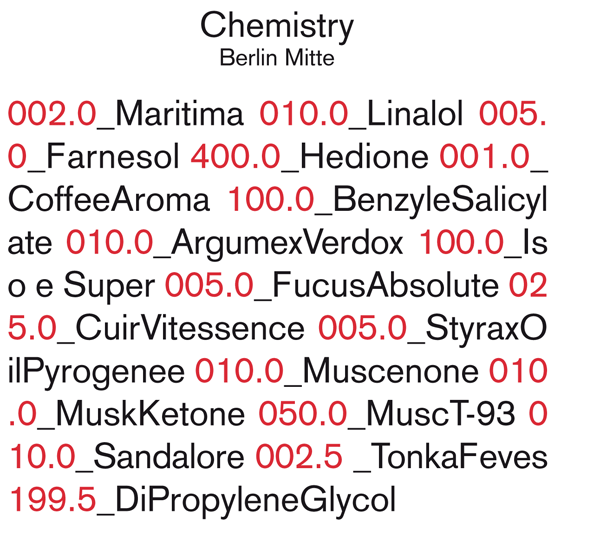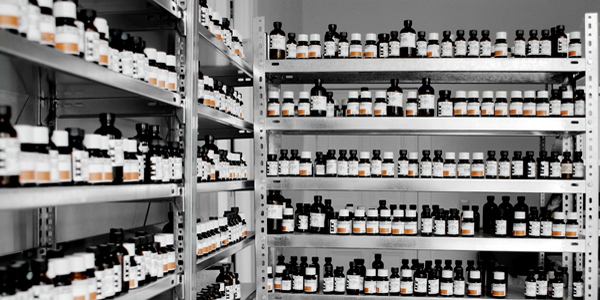
Smell Matters – Unsichtbare Spuren der Stadt
Die uns umgebende Luft ist niemals neutral, sondern enthält in Form von Gerüchen stets wichtige Informationen über die Orte, an denen wir uns befinden. Zugleich sind die Begriffe, mit denen wir diese Gerüche beschreiben auch Teil jener Terminologie, mit der wir die Wirklichkeit definieren. Dabei sind verschiedene Geruchsräume der modernen Stadt weitgehend das Ergebnis von Planungen, die festlegen, welche Nutzungen wo erwünscht sind. Zugleich werden Geruchsräume aber auch von den jeweiligen kulturellen und gesellschaftlichen Zugehörigkeiten der Bewohner und Nutzer eines Ortes beeinflusst.
Leicht lassen sich drei Grundtypen von städtischen Geruchsräumen unterscheiden. So gelten in industriell geprägten Gebieten wie Gewerbeparks, Mülldeponien, Kläranlagen auch unangenehme Gerüche als annehmbar, während im Allgemeinen in öffentlichen Räumen, bis auf Ausnahmen wie Restaurants, Neutralität erwartet wird. Dagegen sind im privaten Bereich, solange niemand gestört wird, alle Gerüche erlaubt. Abschließend kann man also sagen, dass über die Annehmbarkeit eines Geruchs vor allem der Ort entscheidet, an dem wir ihm begegnen.
In ihren Arbeiten versucht Sissel Tolaas, diese unsichtbaren Eigenschaften der Stadt wahrnehmbar zu machen. Sie sammelt Proben von verschiedenen, für bestimmte Stadtteile markante Gerüche und analysiert deren Zusammensetzung. Aus diesen Informationen entstehen olfaktorische Stadtkonzentrate, die uns daran erinnern, wie wichtig unser Geruchssinn für die Entstehung unserer Wirklichkeit ist.
Smell Matters – Invisible traces of the city
The air surrounding our reality is never neutral, it contains important information in the form of odours – which can be used as terminologies in the language used to communicate the same reality. The different smell spaces of the modern city are largely a product of zoning laws, which regulate the kinds of constructions and sort of activity that may go on in different areas. The smell spaces are also affected by the different cultural and social background of the city's inhabitants.
There are three main kinds of urban smell domains: The industrial domain includes industrial parks, garbage dumps, sewage treatments plants etc. Unpleasant smells are usually considered legitimate in such spaces - an unavoidable by product of the industrial process.
In public spaces, the regime is usually one of a smell neutral. There are exceptions, smells of food and spices often waft from restaurants and bakeries, but offensive smells are usually banned from such areas by municipal sanitary by laws.
Smells of all sorts become legitimate again in private space, the space of the home. Any offensive smell that escaped the boundaries of one’s home, however, would soon bring complaints from the neighbours, just as would a radio turned up too loud. Thus specific smells, which seems natural in one setting, become intolerable in another.



